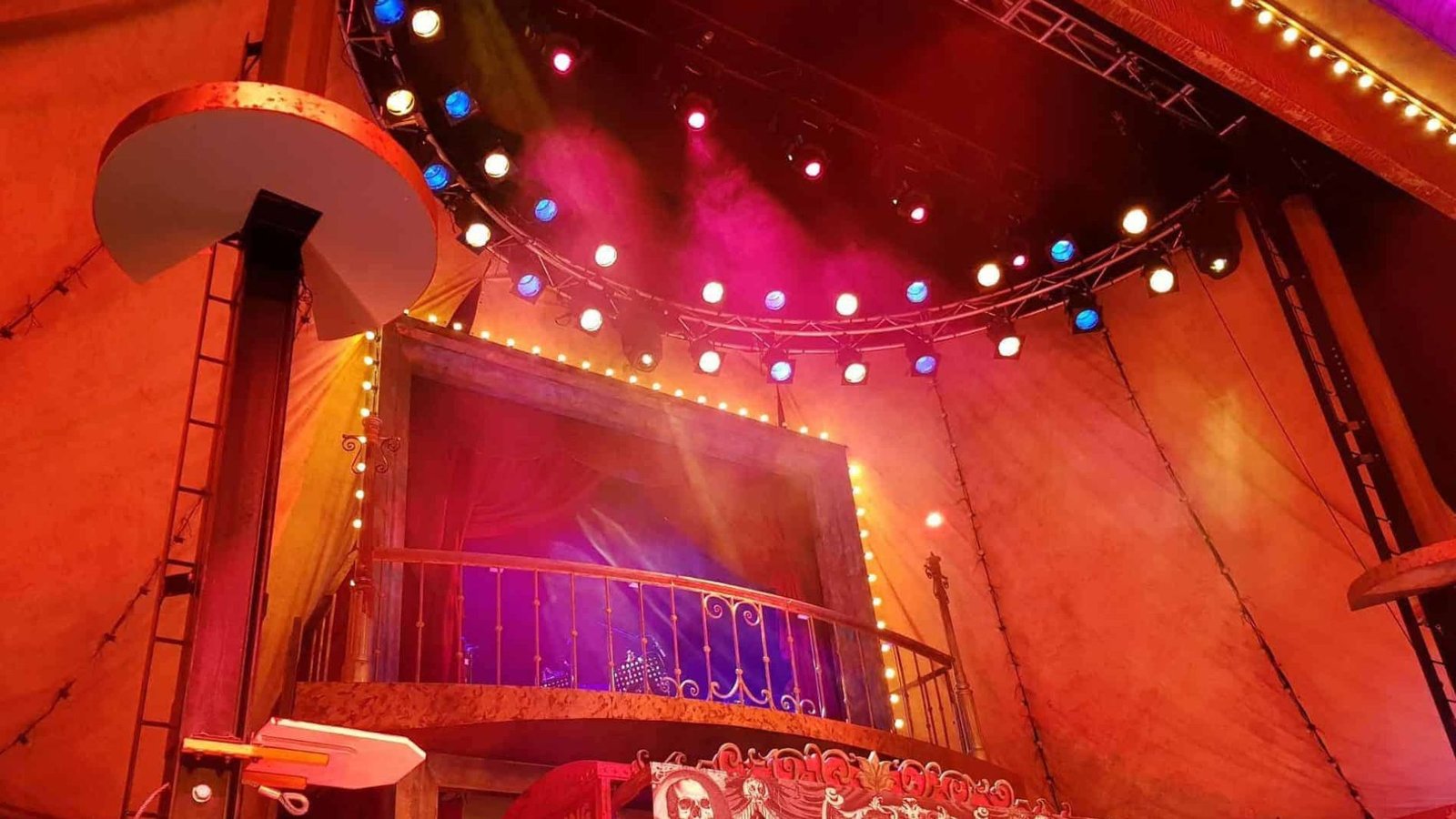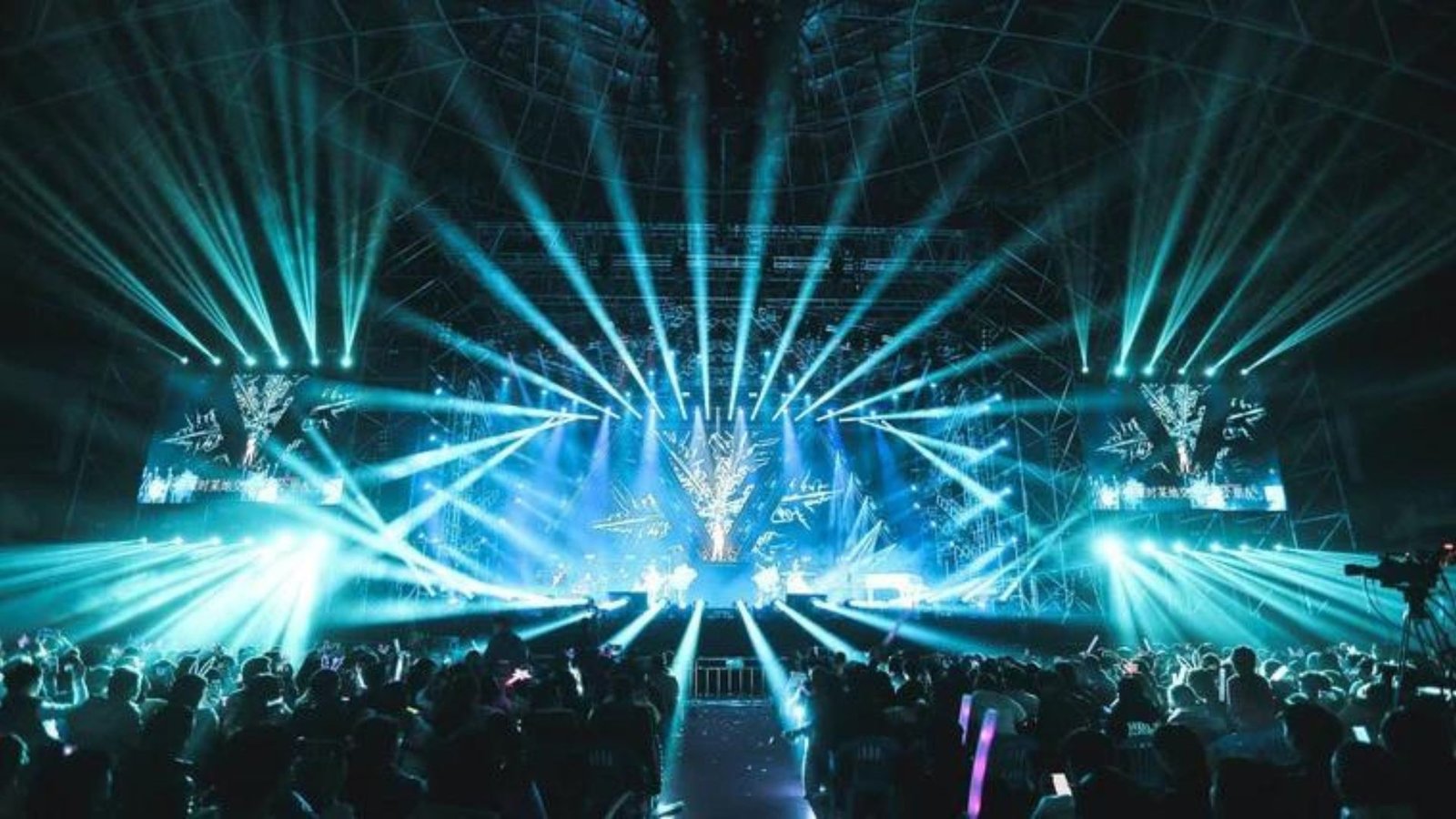Stage design profoundly influences the dramatic impact of a theater production. A well-designed stage can elevate the emotional depth, set the tone, and enhance the storytelling, creating a more immersive and engaging experience for the audience. In this blog post, we will explore how stage design affects dramatic impact and why it is essential for a compelling performance.

Setting the Tone and Atmosphere
Firstly, stage design plays a crucial role in setting the tone and atmosphere of a production. The design elements, including the backdrop, props, and color schemes, help establish the mood of the scene. For example, dark, muted colors and minimalistic set pieces can create a somber, introspective atmosphere, while vibrant colors and dynamic props might set a lively, energetic tone. By aligning the stage design with the intended mood, designers help the audience understand and feel the emotional context of the scene. This initial impression sets the stage for the dramatic impact of the performance.
Enhancing Storytelling and Themes
Moreover, stage design enhances storytelling and reinforces the themes of the production. A thoughtfully designed set can visually represent key elements of the story, making the narrative more accessible and impactful. For instance, a stage set in a dystopian future might use industrial, grim design elements to reflect the story’s themes of decay and oppression. Similarly, a fantasy play might feature whimsical, otherworldly designs to evoke a sense of magic and wonder. By integrating design elements that reflect the story’s themes, stage design helps to deepen the audience’s connection to the narrative.
Guiding Audience Focus
Another significant influence of stage design is its ability to guide the audience’s focus. Effective stage design directs viewers’ attention to crucial aspects of the performance. For instance, spotlights can highlight a key character or action, ensuring that the audience’s attention is drawn to important moments. Similarly, the placement of set pieces and props can help frame the action and guide the audience’s gaze. By managing where and how the audience looks, stage design ensures that important elements are emphasized and that the narrative is clearly communicated.
Creating Emotional Depth and Impact
Furthermore, stage design contributes to the emotional depth and impact of a performance. The design elements can evoke specific feelings and intensify the emotional experience of the audience. For example, a dramatic scene might be enhanced by using stark lighting contrasts, deep shadows, and minimalistic set pieces to emphasize isolation or conflict. Conversely, a romantic scene might benefit from warm, soft lighting and lush, detailed designs to create a sense of intimacy and affection. By aligning the stage design with the emotional tone of the scene, designers can amplify the overall dramatic impact.
Supporting Choreography and Movement
Stage design also influences the dramatic impact by supporting choreography and movement. A well-designed stage layout allows for fluid and dynamic movement, which can enhance the physical storytelling. For instance, multiple levels, rotating platforms, or movable set pieces can facilitate complex choreography and dynamic staging. This flexibility helps performers express the narrative through their movements and interactions, adding another layer to the dramatic impact of the performance. By providing a versatile and functional stage, designers contribute to the effectiveness of the physical elements of the production.
Enhancing Audience Immersion
Finally, stage design enhances audience immersion, which is crucial for dramatic impact. An immersive stage design helps the audience feel as though they are part of the world of the play. This can be achieved through detailed, realistic set pieces, engaging visual effects, and interactive elements. For example, a set that fully envelops the audience or uses innovative technologies to create a sense of depth and realism can draw viewers deeper into the story. By creating a more immersive environment, stage design helps audiences become more emotionally invested and engaged in the performance.
Conclusion
In conclusion, stage design has a significant influence on the dramatic impact of a theater production. By setting the tone and atmosphere, enhancing storytelling and themes, guiding audience focus, creating emotional depth, supporting choreography and movement, and enhancing audience immersion, stage design plays a pivotal role in shaping the overall experience. Thoughtful and creative stage design can elevate a performance, making it more engaging, memorable, and impactful. As theater continues to evolve, the role of stage design in influencing dramatic impact will remain a central element in delivering powerful and compelling performances.




